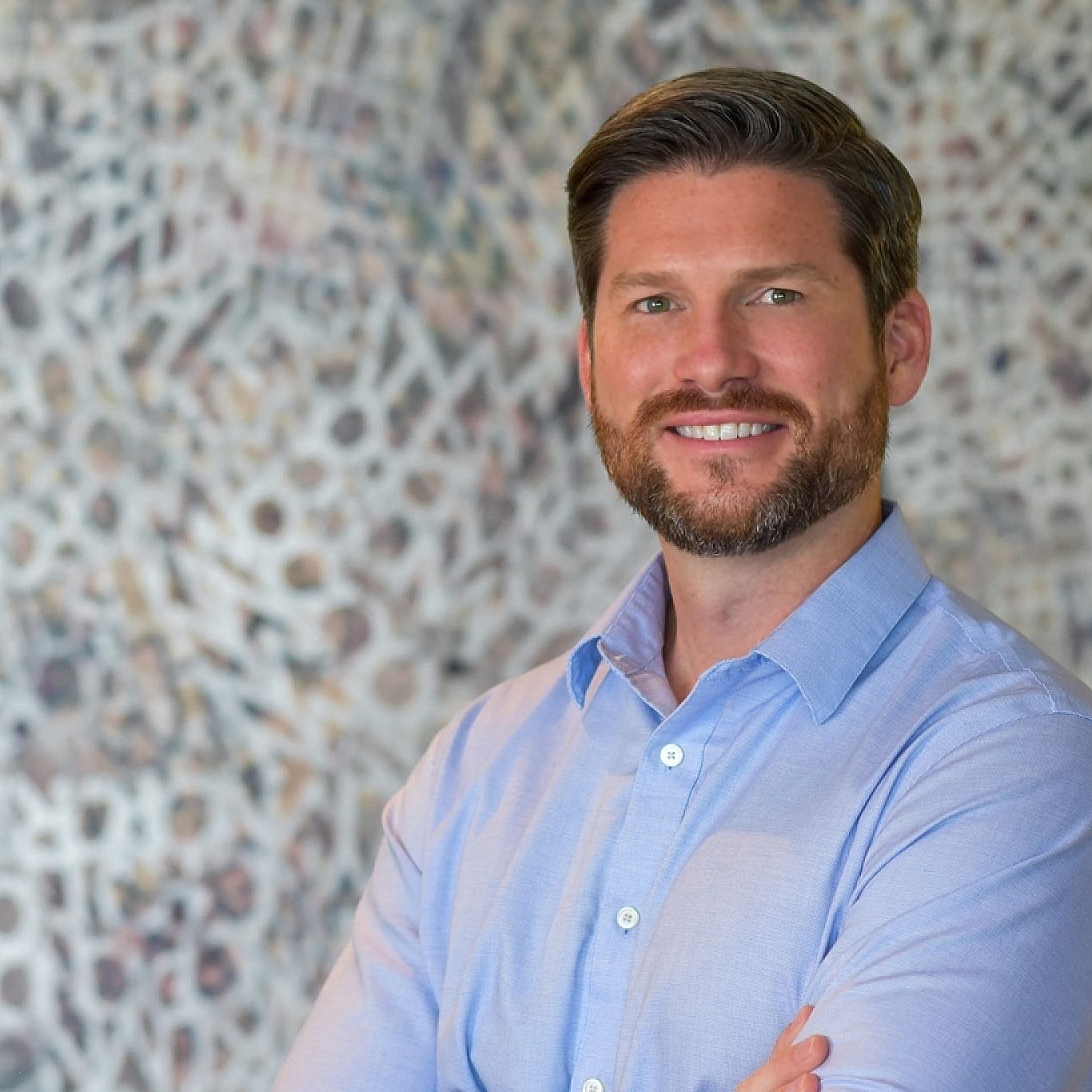Revolutionizing Rental Housing: Exploring the Opportunities and Challenges of Build-to-Rent Communities
Press Release

Brian Oates, Executive Managing Director of Development, RangeWater Real Estate | Real Estate Business Review
The U.S. housing market is experiencing a time of unprecedented challenges and opportunities. Rising sale prices, large down payments, and high-interest rates are making home ownership more difficult for the average American. In tandem, older millennials, empty nesters, divorcees and blended families seeking to downsize their traditional single-family estate are entering the marketplace prioritizing more space, flexibility, convenience, and community. This demand has led to the era of build-to-rent (BTR) neighborhoods, a residential development model designed to serve a multi-generational demographic.
According to Hunter Economics, BTR production has more than doubled since 2019, increasing 24% from 2021 to 2022. Segment trailblazer RangeWater Real Estate has started construction on 1,031 BTR single-family and townhome units under the Storia brand, across seven different projects in the Sun Belt and Mountian West this past year. These well-planned neighborhoods incorporate the latest in technology and design, including SmartHome technology, self-guided tours, 100% paperless leasing offices, online service requests and electronic payments.
BTR fills many voids in the current marketplace. These for-rent neighborhoods feature larger lot sizes, even for infill communities. This is advantageous for landowners in suburban markets where development would be too dense from a traditional multifamily project.
Furthermore, what sets BTR apart from traditional multifamily rental developments is the higher-level amenity set tenants have come to expect from rental living. To meet this need, RangeWater pioneered the “hybrid” concept, pairing BTR residences with luxury apartments featuring a pool, fitness center, clubhouse and outdoor gathering spaces. This pairing yields economies of scale and operational efficiencies across what is marketed as one mixed development. On the operational side, these “hybrid” concepts are run and operated as one large-scale community, but it’s set up as two distinct communities. Therefore, from a financial perspective, these communities can each stand alone, affording benefits to residents and investors. These dual neighborhoods feature a more robust offering of unit sizes and floor plans to appeal to a wider range of renters. Managers actively work to create a “community” feel for the neighborhood with special events, holiday get-togethers, and other celebrations.
RangeWater’s development pipeline for both traditional BTR and our unique BTR/multifamily hybrid concepts include Annalise in Bradenton, Fla.; The Palo in Fort Worth, Texas; Caliza at the Loop in San Antonio, Texas; The Darby in Austin, Texas; Lupine and The Armory serving Denver and Boulder, Colo.; Bellerose at Bees Ferry in Charleston, S. C.; The Maggie in the San Jose neighborhood of Jacksonville in Florida; Beacon on Lake Lanier in Ga.; and in the Atlanta metro area, The Mabry in Lawrenceville and Maverick on the Atlanta BeltLine trail.
For those who cannot afford – or don’t want – to buy a home, and for those developers that serve them, BTR delivers a logical, best-in-class, high-touch environment superior to that found in traditional multifamily rental developments. It meets the needs of developers, property owners, institutional investors, and the rental class alike and could change the future of renting.